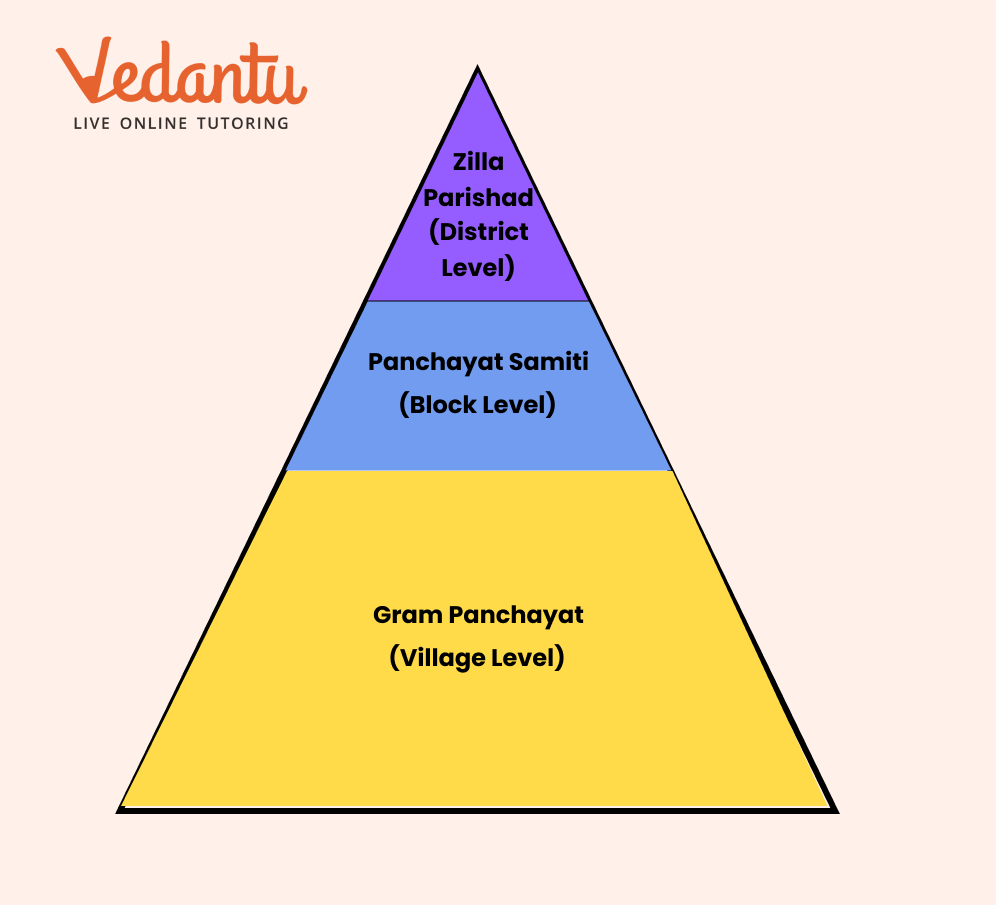Class 10 Civics Chapter 2 Notes PDF Download for FREE
Federalism Class 10 Notes: CBSE Civics Chapter 2

FAQs on Federalism Class 10 Notes: CBSE Civics Chapter 2
1. What is the core concept of federalism as explained in Class 10 Civics?
Federalism is a system of government where political power is divided between a central authority and its various constituent units, such as states or provinces. Both levels of government govern the same citizens but have their own specific areas of jurisdiction for legislation, taxation, and administration, as guaranteed by the constitution.
2. What are the key features that define a federal system of government?
A federal system is identified by several key features which you can quickly revise:
- Two or more levels of government: It includes a central government and state or provincial governments.
- Separate Jurisdictions: Each tier has its own power and responsibility in specific matters.
- Constitutional Guarantee: The existence and authority of each tier of government are constitutionally guaranteed.
- Rigid Constitution: Fundamental provisions of the constitution cannot be unilaterally changed by one level of government.
- Independent Judiciary: Courts have the power to interpret the constitution and resolve disputes between different levels of government.
- Financial Autonomy: Sources of revenue for each level of government are clearly specified to ensure its financial independence.
3. How can you summarise the difference between 'coming together' and 'holding together' federations?
The main difference lies in how they are formed. In a 'coming together' federation, independent states voluntarily join to form a bigger unit to increase their security and sovereignty; examples include the USA and Australia. In a 'holding together' federation, a large country decides to divide its power between the national government and constituent states to accommodate diversity; examples include India and Belgium.
4. How do the three lists in the Indian Constitution divide legislative powers?
The Constitution of India clearly divides legislative powers into three lists to ensure a smooth functioning federal system:
- Union List: Includes subjects of national importance like defence, foreign affairs, and currency. Only the central government can make laws on these subjects.
- State List: Contains subjects of state and local importance such as police, trade, and agriculture. State governments have the authority to legislate on these.
- Concurrent List: Covers subjects of common interest like education, forests, and marriage. Both the Union and state governments can make laws, but in case of a conflict, the Union law prevails.
5. Why is decentralisation considered a crucial concept for strengthening democracy in India?
Decentralisation is crucial because it takes power from the Central and State governments and gives it to local governments. The core idea is that many problems and issues are best settled at the local level. This ensures wider public participation in decision-making, makes the administration more efficient, and deepens democracy by empowering people at the grassroots level, as seen with the establishment of Panchayats and Municipalities.
6. What is the basic structure of the Panchayati Raj system in India?
The Panchayati Raj is the system of rural local self-government. It has a three-tiered structure:
- Gram Panchayat: The council for a single village or a group of villages, with elected members (Panch) and a president (Sarpanch).
- Panchayat Samiti (or Block/Mandal): A body formed by grouping several Gram Panchayats.
- Zilla Parishad: The highest tier, formed by combining all Panchayat Samitis within a district.
7. Although the word 'federation' is not used in the Constitution, what makes India a federal country?
While the Constitution describes India as a 'Union of States', it is founded on federal principles. India is considered a federal country because it fulfils all the essential criteria: it has a three-tier system of government (Central, State, and Local), a written constitution that specifies the powers of each level, and an independent judiciary to settle disputes. This structure ensures both national unity and regional autonomy.
8. How does India's language policy reflect the spirit of federalism?
India's language policy is a prime example of its federal character. Instead of imposing one language, the Constitution recognises Hindi as an official language and protects other languages. There are 22 other languages recognised as Scheduled Languages. This approach avoids linguistic domination and accommodates the country's vast linguistic diversity, which is a key objective of a 'holding together' federation.














 Watch Video
Watch Video















